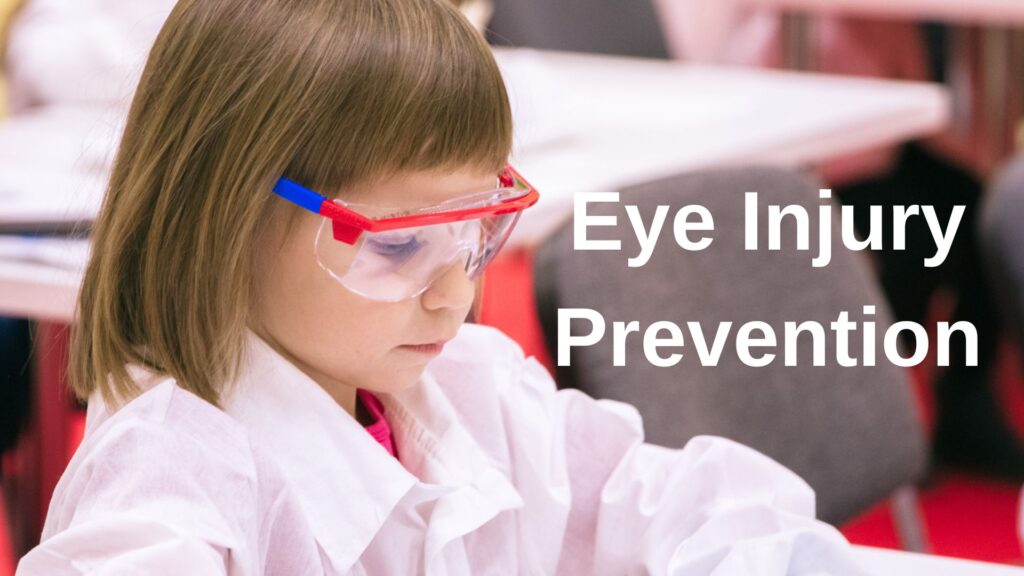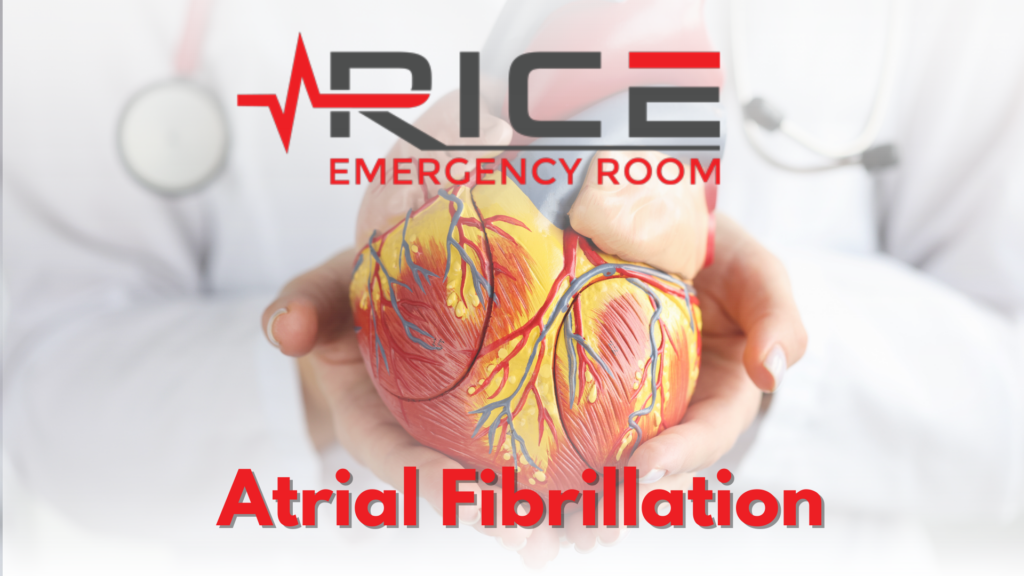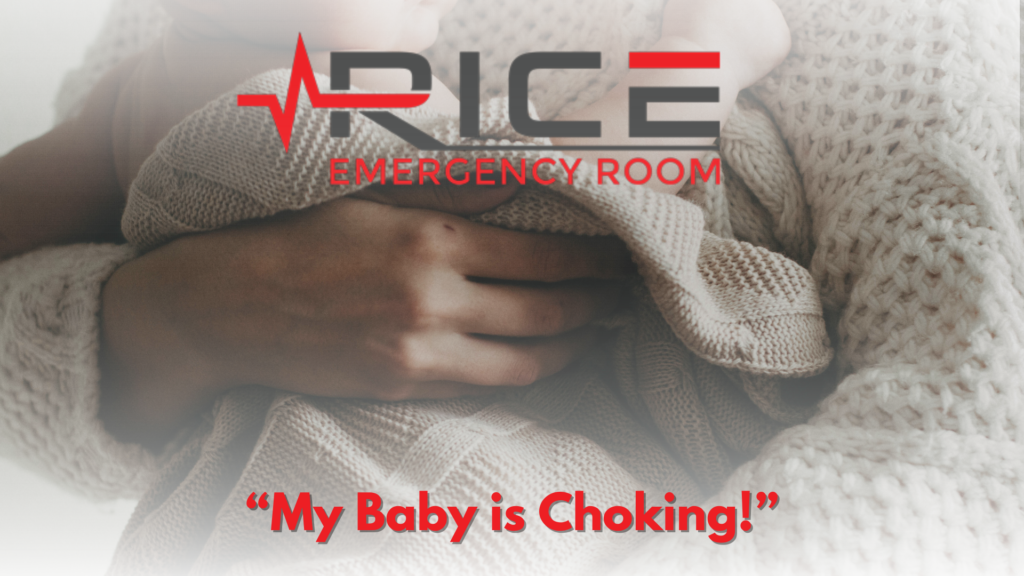
Almost everyone will suffer an eye injury at some point in their life. For some, this may be a minor inconvenience that requires no treatment. However, it may lead to permanent vision loss or blindness for others. Eye injuries can occur at home or at work and often happen when we least expect them. Here’s how you can prevent eye injuries.
Eye Injury Prevention at Home
Every year, roughly 2.5 million people are affected by injuries. More than 125,000 major eye injuries are brought on by household items. There are many steps you can take at home to ensure the prevention of eye injury such as,
- Install lighting and handrails to improve stair safety
- Check that furniture and home fittings don’t have any sharp edges
- Use caution when opening wine or carbonated beverage bottles
When working with potentially harmful chemicals and detergents, wear chemical safety eyewear. Never combine cleaning agents. Spraying nozzles should be turned away from your face. Use gloves while using household chemicals and wash your hands after using them.
Use guards on all power equipment and wear protective eyewear when using a lawnmower or weed trimmer because debris may fly through the air. (Johns Hopkins Medicine, 2019)
Eye Injury Prevention at Work
According to the National Institute for Occupational Safety and Health, over 2,000 American workers experience work-related eye injuries yearly that necessitate medical attention. Emergency rooms in hospitals treat around a third of those injuries.
Specific rules must be followed by workplaces and employees to avoid eye injuries. Instill practices that promote safety throughout the workplace and educate and teach all employees about the risks unique to the workplace. This should contain details about the locations of safety gear, first aid supplies, and emergency eyewash stations.
Install barriers like shields in locations vulnerable to flying dust and debris, and ensure workers in hazardous settings always have access to and wear eye protection equipment. (Johns Hopkins Medicine, 2021)
Eye Injury Prevention Outdoors
When outdoors or at play, there are certain precautions that must be kept in mind for eye safety. About 40,000 eye injuries occurring due to sports are witnessed in emergency rooms every year.
Wear goggles if you intend to swim or engage in other water sports. Any activity involving water should be thoroughly watched for signs of eye irritation. Just in case, keep eye drops and a safety kit on standby.
UV radiation is a constant in the daylight, whether you’re walking through a forest, climbing a mountain, or spending the day by the ocean. Always use sunscreen and use eyewear that is 100 percent UVA and UVB protected.
Being outside will inevitably expose you to dirt and germs. To prevent eye infections, always wash your hands with soap and water that is safe to use. Touching your eyes with unwashed hands is a recipe for eye illness and irritation.
If you’re going to start a campfire, be aware that the smoke, ash, and probable sparks could irritate your eyes and potentially be hazardous. As part of campfire safety, a four-foot buffer zone surrounding an authorized campfire area will help to prevent smoke and sparks from blowing straight into your eyes. (FYidoctors)
Preventing Eye Injuries
Eye injuries are common, but many of them can be prevented. By taking some simple precautions, you can protect your eyes and avoid vision loss or blindness. It is also a good idea to get regular check-ups for your eyes, especially if you’re planning to be outdoors at lot or planning a trip. Eye safety is important for everyone, so make sure to take the necessary steps to protect your eyes.
Works Cited
“Preventing Eye Injuries.” Johns Hopkins Medicine, 19 Nov. 2019, www.hopkinsmedicine.org/health/wellness-and-prevention/preventing-eye-injuries.
“Protecting Your Eyes in the Workplace.” Johns Hopkins Medicine, 16 Oct. 2021, www.hopkinsmedicine.org/health/wellness-and-prevention/protecting-your-eyes-in-the-workplace.
“Fyidoctors.” FYidoctors, fyidoctors.com/en/blog/categories/health-and-wellness/wilderness-eye-safety-a-camping-guide-to-protecting-your-eyes-outdoors.



